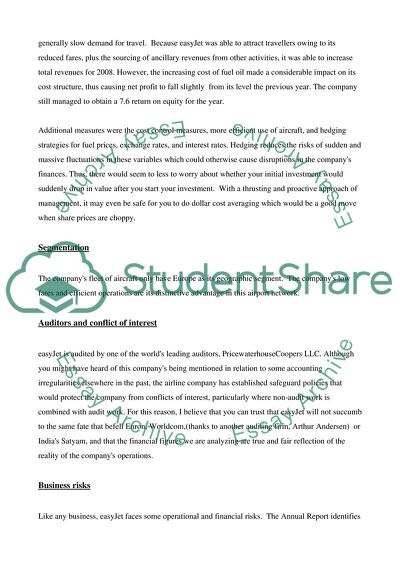Cite this document
(Analysis of Financial Statement of EasyJet Case Study, n.d.)
Analysis of Financial Statement of EasyJet Case Study. Retrieved from https://studentshare.org/finance-accounting/1729704-analysis-of-financial-statement
Analysis of Financial Statement of EasyJet Case Study. Retrieved from https://studentshare.org/finance-accounting/1729704-analysis-of-financial-statement
(Analysis of Financial Statement of EasyJet Case Study)
Analysis of Financial Statement of EasyJet Case Study. https://studentshare.org/finance-accounting/1729704-analysis-of-financial-statement.
Analysis of Financial Statement of EasyJet Case Study. https://studentshare.org/finance-accounting/1729704-analysis-of-financial-statement.
“Analysis of Financial Statement of EasyJet Case Study”. https://studentshare.org/finance-accounting/1729704-analysis-of-financial-statement.


